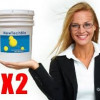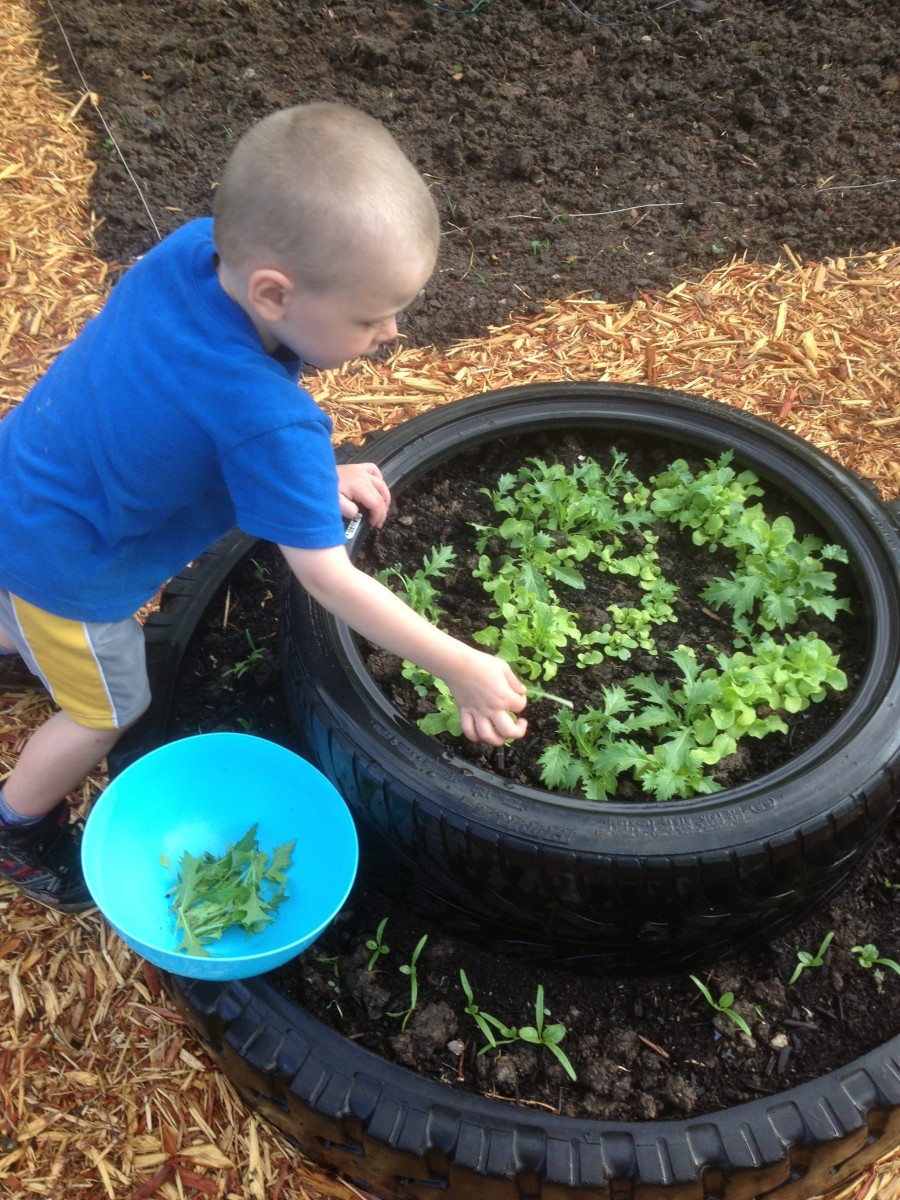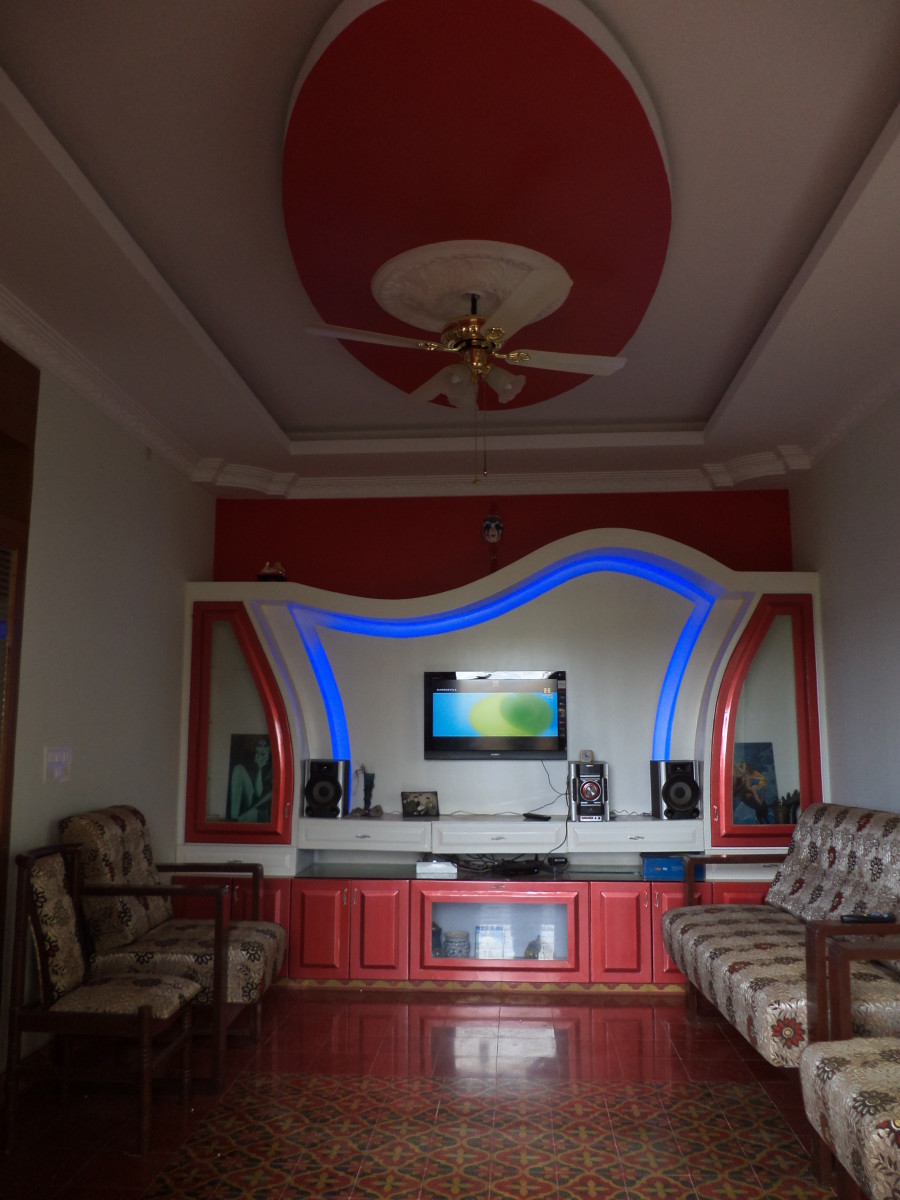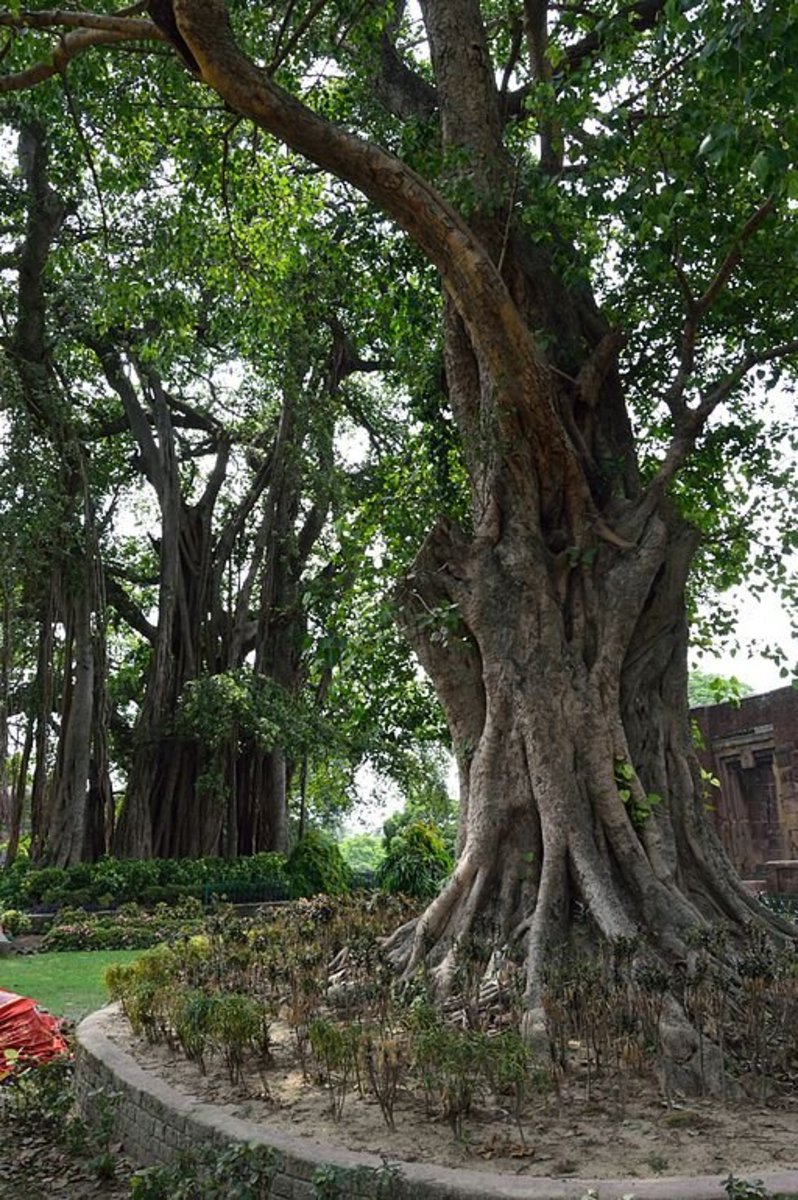Need-To-Know Information About the Water Net
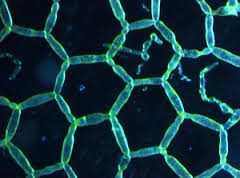
The endless battle against pond algae involves the unending efforts in knowing what you are facing. Many types of pond algae are out there, ready to pounce on your backyard water feature. Knowing the species of pond algae allows you to come up with the right means to get rid of it, especially if it is very stubborn.
A nuisance algae known as Hydrodictyon reticulatum is very invasive. It is commonly known as “Water Net” because its colonies reflect a net-like structure. This species of pond algae has been pestering rivers, ponds, and lakes for the last twenty years.
Why Water Net is Considered a Nuisance
Hydrodictyon or Water Net is a nuisance algae because of the following reasons:
- It brings about financial losses in fisheries (trout).
- It blocks irrigation ditches and water ways.
- It contaminates potable water supply systems.
- It has a great impact on tourism, boating, swimming, and fishing.
- It suffocates aquatic fauna and plants.
Water Net spreads very easily because of the extended, elevated summer temperatures that affect the water. The slow flow of rivers during this time also helps them reach their destinations intact.
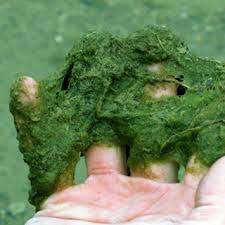
What are the Water Net’s Physical Attributes?
Water Net can grow up to 15 millimeters long. It has a cylindrical, oval shape, which has 2 to 4 adjacent cells along the edges. These form five- to six-sided meshes. The meshes form mats or colonies, which reach up to at least 50 centimeters long. They are secondarily attached or free-floating. They are made of a sac-like network or a single layer of membrane. In large colonies, the meshes are very visible.
The cells of the Water Net are usually arranged in hexagons and pentagons. When the mats mature on the surface, they appear to be cotton-like or slimy. They can also have hair-like growths on rocks, logs, and other plants on the shoreline or at the bottom of the lake.
It also leaves a sort of grassy odor and taste in the water.
Where Does the Water Net Thrive?
The free-floating Hydrodictyon congregate in large numbers along downwind shores of lakes and ponds, in sheltered bays. The mats cover the surfaces. They can undergo sudden changes in their buoyancy. Because of this, they can sink or disappear and then float or reappear when the periods are calmer. Water Net mats usually take over the marginal shallow areas of rivers, ponds, and lakes. There are conspicuous seasonal growths in the following:
- Patches of damp soil
- Ponds
- Streams
- Rivers
- Reservoirs
- Streams
- Wetlands
- Drainage channels
- Ditches
You can see the Water Net attached to fragments of Cladophora algae (filamentous algae). Rapid water movement mainly causes it to spread out in lakes, ponds, and rivers. Increase in the flow of water is brought about by insects, humans, wind, wildfowl, water movement, and livestock.
How Does the Water Net Reproduce?
The cell contents of Hydrodictyon cleave to give way to unicellular biflagellate gametes or zoospores. Here, the gametes lose their flagella. They then create small colonies within the wall of the mother cell. Gametes of the same size fuse together so that a zygote can form. The zygote becomes angular and thick-walled. The zygote undergoes a rest period and each zygote then produces two to five zoospores. Each zoospore transforms into an enlarged polygonal cell that has contents, divided into flagellated cells that give way to a brand new small colony. The gelatinization of the cell wall release the small nets.
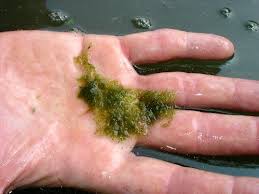
What is the Hydrodictyon’s Ecological Impact?
Like many other algae, the Water Net or Hydrodictyon has both positive and negative impacts on its freshwater system:
Negative
- Clogs irrigation ditches
- Blocks waterways
- Contaminates potable water sources
- Brings forth economic losses
- Suffocates fauna and aquatic plants
- Adverse effects on tourism, boating, swimming, and fishing
- Smothers the macrophytes in the water, and this leads to their decay and collapse
- Greatly reduces the beauty of the bodies of water
- Blocks marinas
- Disables the intake of a boat’s engine
- Stops fishing and swimming
- Creates localized anoxic environments because of its decay and accumulation on beaches
Positive
- It is beneficial to invertebrates (beetle larvae, Cladocerans , snails, and leeches)
How Does the Water Net Spread?
From spores or from a single cell colony, the Water Net can spread out easily. Once it is set in its environment, it is very difficult to contain. Then, it spreads quickly to the surrounding damp ground, wetlands, ornamental ponds, streams, lakes, rivers, and reservoirs.
How Can You Manage the Water Net?
Here are some of the methods you can use in managing the Water Net:
a) Physical removal. If a large portion of your pond is infested by the Water Net, it is ideal to use simple physical removal. Machineries are used to make the job faster and easier.
b) Organic growth regulators. Barley extracts inhibit the growth of Hydrodictyon.
c) Biological control. Gastropods (Potamopyrgus antiporadum) can be released in the affected body of water. These organisms can consume the algae in no time.
d) Algaecides. Many algaecides in the market are formulated to battle the Water Net. Those that have simazine, chelated copper, hydrogen peroxide, djuron, and terbutryn are effective in eliminating this algae.
Why Do We Need to Eliminate Water Net?
If Hydrodictyon overruns your pond, you can say goodbye to enjoying your pond the entire year. You can’t swim in your own pond if you have hydrodictyon filaments always clinging to you. If you have a fish pond with Water Net, you tend to be annoyed in removing algae from your lures, every time you cast. The most damaging problem from Water Net infestation is eutrophication, wherein the dissolved oxygen is completely depleted from the affected body of water.
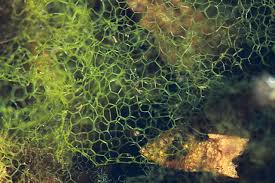
More Information About Water Net Treatment
It is ideal to treat your pond of Water Net as soon as you notice the appearance of early infestation signs. Since the algae is still less at this point, you can just use lower doses of your chosen algaecide. The liquid algaecides or herbicides you choose can be applied with the use of backpack sprayers or handheld pumps. The algaecides or herbicides should be applied evenly over the affected surface. If you’re using granulated products, you can use a hand spreader or a hand scoop.
Several spot or total treatments are needed to maintain full control of your pond. You can wait up to twelve days to see the desirable effects. if your pond has a heavy growth, you should apply a follow up treatment.
Support your treatment by installing additional shades over your pond. Also, create gutters around your pond, to divert runoff from fertilizers and heavy rain. Using pond dyes can also help eradicate and prevent Water Net from taking over your pond.
It is never easy to battle pond algae, especially if it is as stubborn as Hydrodictyon. Just be armed with the right knowledge and ask for proper guidance and you are on your way to a healthy, happy pond.
